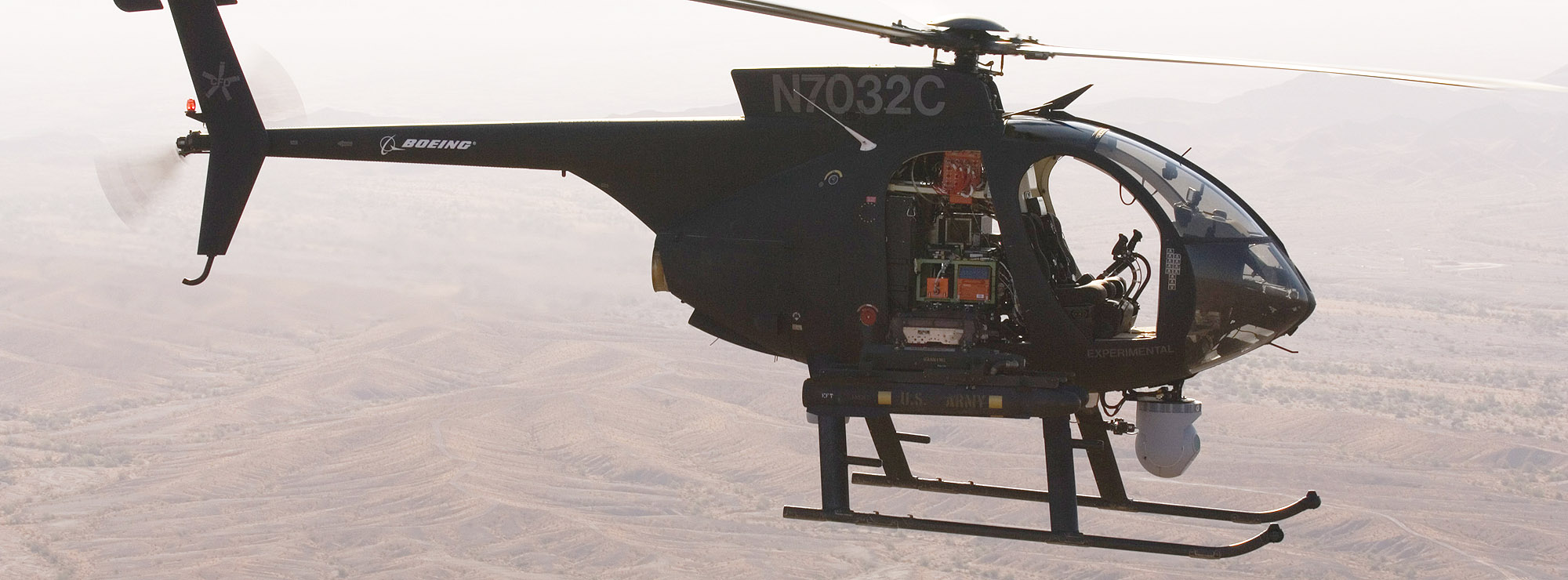
WHY THIS MATTERS IN BRIEF
Currently there are no defenses against hypersonic weapons and the US military is desperately trying to build them.
 Love the Exponential Future? Join our XPotential Community, future proof yourself with courses from XPotential University, connect, watch a keynote, or browse my blog.
Love the Exponential Future? Join our XPotential Community, future proof yourself with courses from XPotential University, connect, watch a keynote, or browse my blog.
The US military has a problem that it’s desperately trying to solve, and that problem is trying to identify, track, and destroy a new breed of hypersonic weapons, which include everything from hypersonic missiles to swarms of hypersonic drones, from countries such as China and Russia who are already deploying them, which can cut through allied defenses in seconds and without warning. So, it’s no wonder that research in this area is now a top priority.
Now, to combat the threat the US Department of Defense’s Missile Defense Agency have announced that they’re using a pair of CubeSats to develop a system to track hostile ballistic and hypersonic missiles “from launch to impact.”
Part of the Nanosat Testbed Initiative, the CubeSat Networked Communications Experiment (CNCE) Block 1 was launched from the Mojave Air and Space Port in California on July 30 for a three-month technology demonstration mission.
As hypersonic missiles rapidly move toward becoming practical weapons, the problem of how to counter them is also on the agenda. One American response being developed by the MDA is the Hypersonic and Ballistic Tracking Space Sensor (HBTSS), which is being developed in competition between Northrop Grumman, Raytheon, Leidos, and L3Harris.
When deployed aboard satellites in Low Earth Orbit (LEO), the HBTSS aims to globally track hypersonic missiles in all phases of their flight as well as feeding data to command centers and interceptors to identify and destroy them. To accomplish this, the constellation of satellites will need to be able to communicate with one another as well as directly with the interceptor missiles.
Launched into space by VOX Space using an aircraft mounted rocket, the two satellites, each about the size of a loaf of bread, will demonstrate how to use networked radio communications between satellites in orbit to support the future missile defense system using HBTSS. By using CubeSats built with off-the-shelf parts, the Missile Defense Agency can quickly and cheaply roll out modifications and test them in space in a series of missions as the technology matures. Each satellite only costs about US$1.3 million.
“These satellites will test key technologies that mitigate risk for systems, such as the Hypersonic and Ballistic Tracking Space Sensor,” says Walt Chai, MDA director for space sensors. “The CNCE Block 1 mission will demonstrate the viability of advanced communications technologies using reduced size, weight, and power in support of missile defense communications architectures.”
Source: Department of Defense















